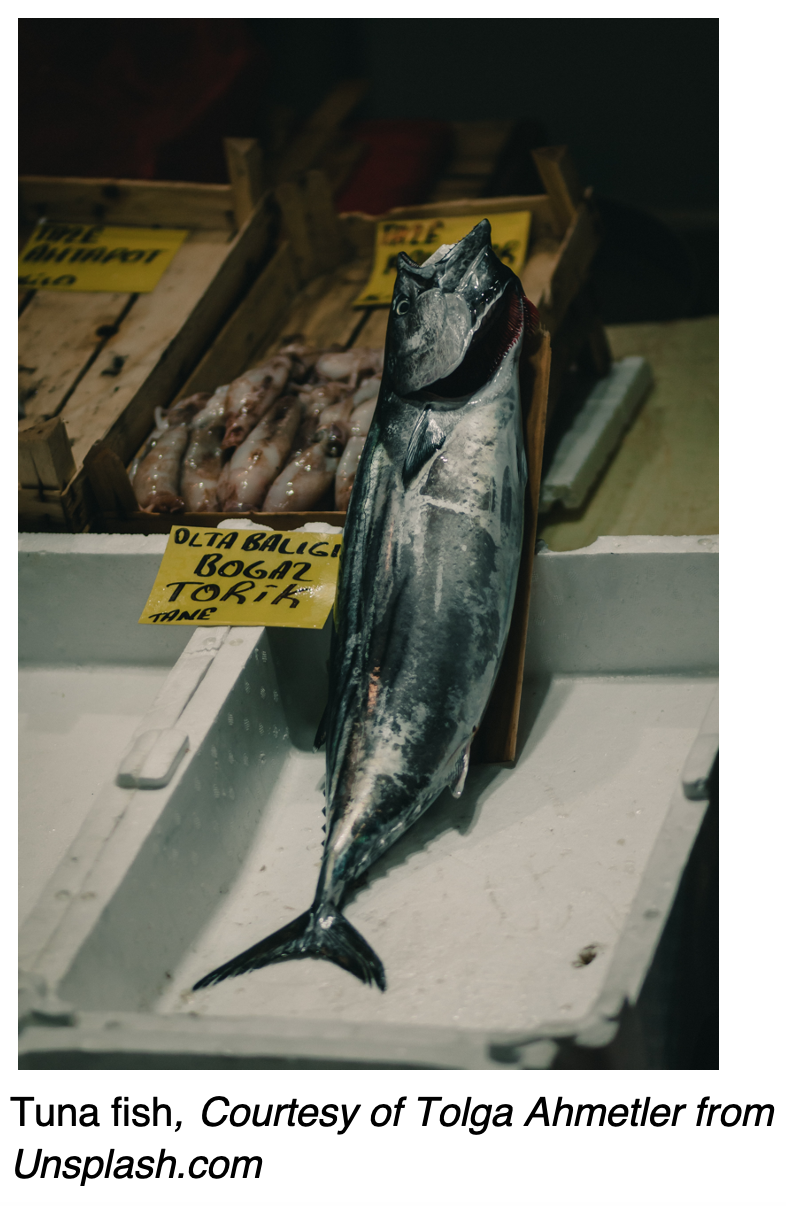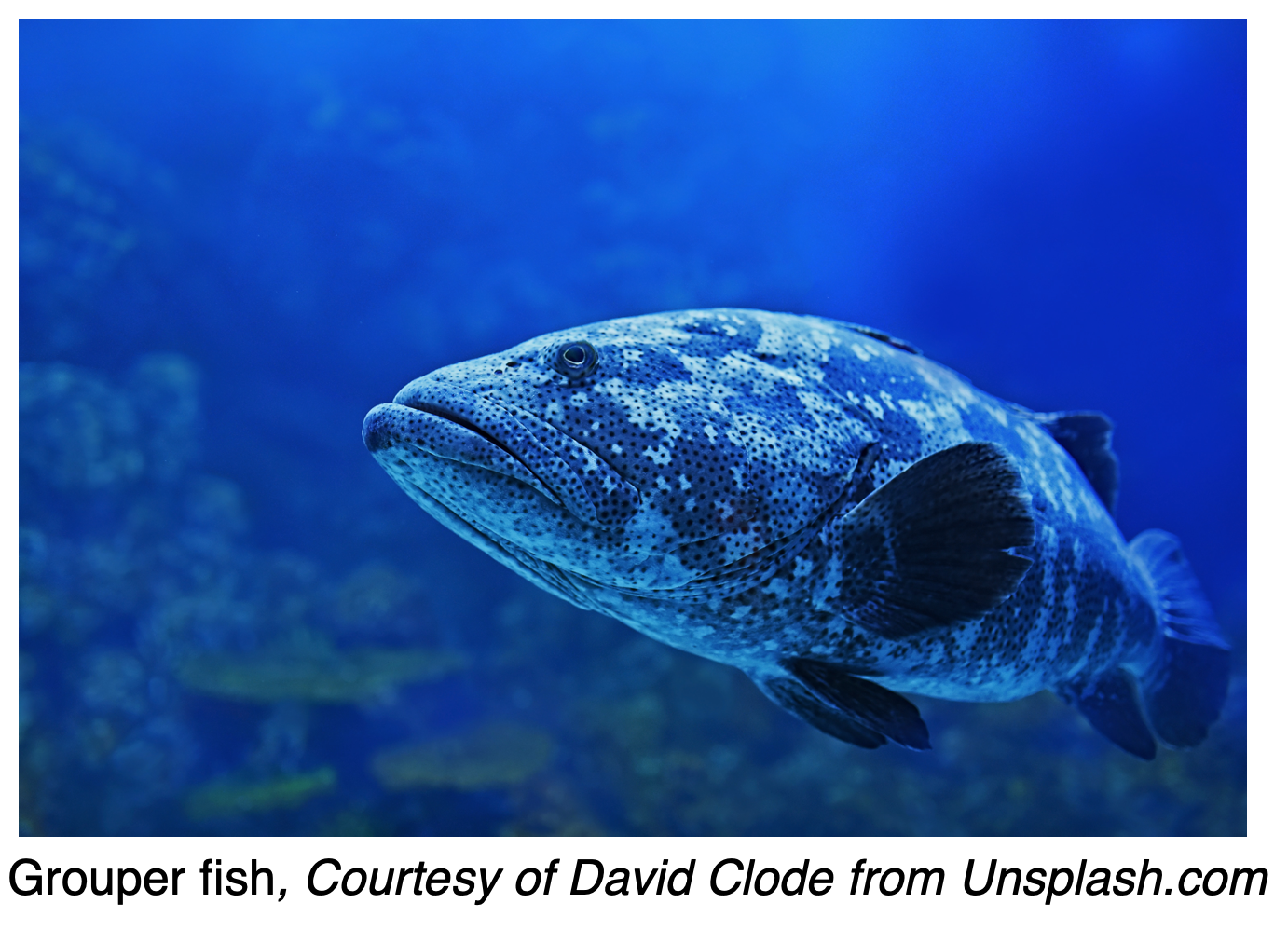Authors: Robert McMickle, MD (@rmcmickl) and David Tanen, MD (Department of Emergency Medicine, Harbor-UCLA Medical Center) // Reviewed by: Alex Koyfman, MD (@EMHighAK); Brit Long, MD (@long_brit); Cynthia Santos, MD
Federal and statewide regulations have resulted in the frequent monitoring of potential outbreaks of seafood toxins in the United States. As a result, exposures to seafood toxins by the general public have substantially decreased. As global warming will contribute to worsening toxic-producing algae blooms and recreational fishing and consumption of fish in coastal communities remains popular, the emergency provider and/or toxicologist must remain attuned to the multiple toxidromes associated with seafood ingestions. Here we will focus briefly on the presentation and management of toxidromes associated with Scombroid, Ciguatera, and Pufferfish poisoning.

1. Scombroid Poisoning – Histamine
Summary: Scombroid is a common pseudo-allergenic food poisoning syndrome caused by the improper storage of dark-meat fish such as tuna, mackerel, ski-jack, and bonito (also less commonly by Swiss cheese using contaminated raw milk).1 In temperatures >32°F, bacterial proliferation in affected meat results in the conversion of histidine to large quantities of histamine. There have been multiple proposed mechanisms for pathogenesis, including mast cell degranulation, histamine intolerance of patient, or co-ingestants such as cadaverine resulting in a heightened histaminergic effect.2 Nevertheless, the resulting clinical manifestations are grossly histaminergic and are detailed below.
 Presentation: Symptoms onset is usually rapid, within 10 minutes – 1 hr of ingestion and usually resolves within 6hrs.1,2 Patients may notice a ‘peppery’ flavor to this fish consumed. They include flushing, an intense feeling of warmth, tachycardia, headache, perioral tingling, and GI symptoms. Severe symptoms such as hypotension, bronchoconstriction, arrhythmias are rare but serious.
Presentation: Symptoms onset is usually rapid, within 10 minutes – 1 hr of ingestion and usually resolves within 6hrs.1,2 Patients may notice a ‘peppery’ flavor to this fish consumed. They include flushing, an intense feeling of warmth, tachycardia, headache, perioral tingling, and GI symptoms. Severe symptoms such as hypotension, bronchoconstriction, arrhythmias are rare but serious.
*In patients with flushing, it is important to consider anaphylaxis and other critical diagnoses.
Management: Parenteral antihistamines are the mainstay of treatment and include1,2:
- H1 antagonist: Diphenhydramine
- H2 antagonists: Cimetidine/Ranitidine/Famotidine helpful for GI symptoms
- Isotonic crystalloids fluids
For severe cases including hypotension/bronchospasm/airway edema, also include:
- Epinephrine
- Solumedrol
- Albuterol nebulizer solution
Most patients can be discharged home with a 1-2 day course of oral antihistamines after a short period of observation. Cases of scombroid should be reported to local public health authorities for outbreak control.2
II. Ciguatera Poisoning – Ciguatoxin
Summary: Ciguatera fish poisoning is the most frequently reported seafood illness worldwide, resulting in 16,000 annual cases globally with more than 300 hospitalizations, though the fatality rate remains low at <5 deaths/year.3 The syndrome is caused by ingestion of reef finfish, including  barracuda, amberjack, moray eel, grouper, snapper, and parrotfish that have accumulated ciguatoxins produced by microscopic algae called dinoflagellates.3 The toxin itself increases sodium ion permeability and, as a result, depolarizes axons. It is heat and acid-stable, therefore cannot be deactivated by cooking or freezing. The diagnosis is primarily clinical with a recent fish-eating history from the patient.1,3
barracuda, amberjack, moray eel, grouper, snapper, and parrotfish that have accumulated ciguatoxins produced by microscopic algae called dinoflagellates.3 The toxin itself increases sodium ion permeability and, as a result, depolarizes axons. It is heat and acid-stable, therefore cannot be deactivated by cooking or freezing. The diagnosis is primarily clinical with a recent fish-eating history from the patient.1,3
Presentation: Gastrointestinal symptoms are usually the first to appear and begin within 2-12hrs of consumption and resolve within 1-4 days. Neurologic symptoms include the classic presentation of cold allodynia (hot-cold reversal), paresthesias (stocking-glove & peri-oral), headache, and dizziness, and usually present within 2 days of ingestion.1,3 Roughly 20% of patients may have symptoms that persist for months, and subsequent consumption of fish (especially same type that initially caused symptoms), alcohol, caffeine, nuts may trigger recurrence of symptoms. Some patients go on to develop cardiovascular complications including heart block, bradycardia, and hypotension.1,3
Management: Supportive treatment remains the mainstay, including1,5:
- Isotonic crystalloid fluids
- Antiemetics
- Antihistamines: cetirizine or diphenhydramine
- Atropine/dopamine for bradycardia
- Gabapentin/amitriptyline for longer-term pain control
- IV Mannitol (1g/kg) infusion over 30-45 minutes remains a controversial treatment consideration and has not been proven to superior to normal saline in a double-blind randomized control trial (2). It is thought to help decrease neuronal edema, though should only be administered after adequate volume resuscitation (due to effect of osmotic diuresis) and within 48-82hrs of ingestion.1,4
*Ciguatoxin can be transmitted via breast milk, so important to advise patients to cease breastfeeding until asymptomatic.
III. Pufferfish Poisoning – Tetrodotoxin
Summary: Tetrodotoxin is a heat-stable neurotoxin that concentrates in the liver and skin of over twenty varieties of pufferfish, also referred to as “fugu,” and certain angelfish. Bacteria that produce tetrodotoxin are taken up and accumulate in high doses further up the food chain. The incidence of tetrodotoxin poisoning is rare and is most commonly encountered in Japan, Taiwan, and Southeast  Asian countries where pufferfish are consumed regularly. The toxin itself inhibits sodium-channels and acts on smooth and skeletal muscle resulting in gastrointestinal, neurological, and cardiac symptoms.6
Asian countries where pufferfish are consumed regularly. The toxin itself inhibits sodium-channels and acts on smooth and skeletal muscle resulting in gastrointestinal, neurological, and cardiac symptoms.6
Presentation: Patients will typically complain of perioral numbness typically within 30-minutes of ingestion and symptoms are believed to be dose-dependent on the amount of tainted pufferfish consumed. Rare but severe features include hypotension, generalized paralysis, respiratory failure, bradycardia, and dysrhythmias. The diagnosis is made clinically.6
Management: Like other seafood toxins, there is no known antidote for tetrodotoxin and mainstay of treatment is supportive with a focus on airway management for possible respiratory failure.6
- Intestinal decontamination with activated charcoal may be considered
- Patients with worrisome features should be observed for 12-24 hours and prognosis is overall good for most affected patients
- Anecdotally neostigmine has been used in the treatment of acute respiratory failure. However the studies are few, conflicting, and are mostly case reports or case series.

Summary:
- The diagnosis of all toxidromes related to seafood consumption is made clinically and relies on a thorough ingestion history.
- Analytical testing of food remnants can be helpful in use by public health departments to confirm diagnoses and control local outbreaks.
- Symptoms of poisoning caused by Ciguatera poisoning tend to have a longer latency period between consumption and onset of symptoms than Scombroid, which tends to act
- For all ingested toxins, supportive management remains the mainstay of treatment; activated charcoal may also be considered for gastrointestinal decontamination.
References:
- Marx, J. A., & Rosen, P. (2018). Rosen’s emergency medicine: Concepts and clinical practice(8th ed.). Philadelphia, PA: Elsevier/Saunders.
- Hungerford JM. Scombroid poisoning: a review. Toxicon. 2010;56(2):231‐ doi:10.1016/j.toxicon.2010.02.006
- Friedman MA, Fernandez M, Backer LC, et al. An Updated Review of Ciguatera Fish Poisoning: Clinical, Epidemiological, Environmental, and Public Health Management. Mar Drugs. 2017;15(3):72. Published 2017 Mar 14. doi:10.3390/md15030072
- Schnorf H, Taurarii M, Cundy T. Ciguatera fish poisoning: a double-blind randomized trial of mannitol therapy. Neurology. 2002;58(6):873. doi:10.1212/wnl.58.6.873
- Friedman MA, Fleming LE, Fernandez M, et al. Ciguatera fish poisoning: treatment, prevention and management. Mar Drugs. 2008;6(3):456‐ doi:10.3390/md20080022
- Kotipoyina HR, Kong EL, Warrington SJ. Tetrodotoxin Toxicity. [Updated 2020 May 29]. In: StatPearls [Internet]. Treasure Island (FL): StatPearls Publishing; 2020 Jan. Available from: https://www.ncbi.nlm.nih.gov/books/NBK507714/








